Pitcher Plant Dormancy: Pitcher Plant Care Over Winter
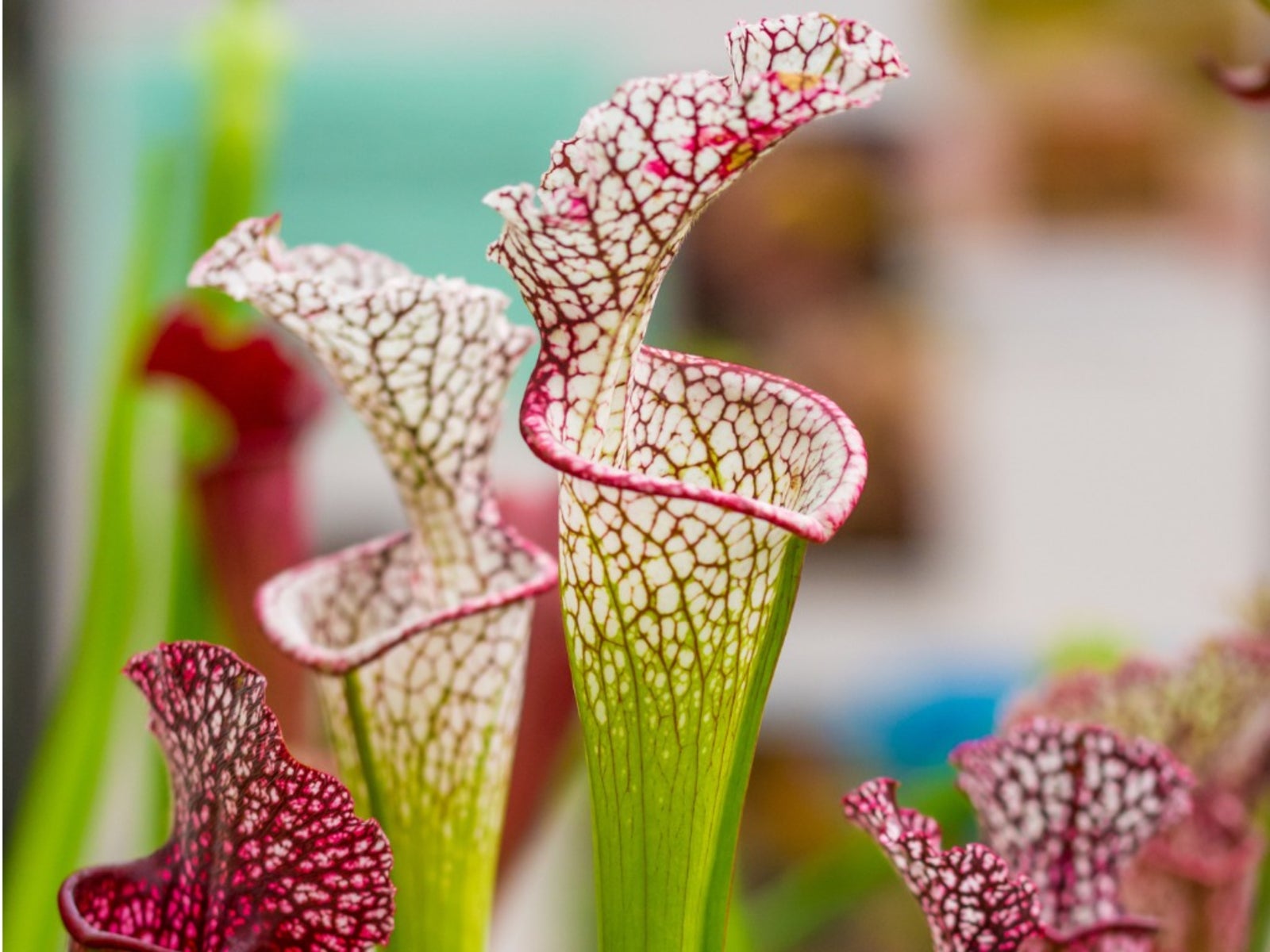

Sarracenia, or pitcher plants, are native to North America. They are classic carnivorous plants that use trapped insects as part of their nutrient needs. These specimens need moist conditions and are often found near water. Most varieties are not extremely cold hardy, which makes pitcher plant care over winter very important. During pitcher plant dormancy, some exposure to chilly temperatures is necessary but most are not hardy below USDA zone 7. Over-wintering pitcher plants in colder zones will require moving the plants or providing them with protection from the cold weather.
A Word About Pitcher Plants
Pitcher plants are bog plants and are often grown as part of a water garden or at the edge of a water feature. The genus Sarracenia supports 15 different varieties scattered across North America. Most are common in zone 6 and readily survive their area's cold snaps. Plants that grow in zone 7, such as S. rosea, S. minor, and S. psittacina, need a little help when freezes occur but can usually stay outside in cold temperatures. The most cold-hardy species, Sarracenia purpura, can survive zone 5 outside. Can pitcher plants survive indoors during the winter? Any variety of pitcher plant is suitable for growing in a greenhouse with controlled conditions. Smaller varieties may be brought into the home for winter if you provide air circulation, humidity, and a warm situation.
Caring for Pitcher Plants in the Winter
Plants in USDA zone 6 are acclimated to short freezing periods. Pitcher plant dormancy requires the chilling period and then warm temperatures that signal it to break dormancy. The chilling requirement is important for all species of Sarracenia to signal when it is time to begin growing again. In extreme cold, apply a thick layer of mulch around the base of the plants to protect the roots. If you have varieties growing in water, break the ice and keep the water trays full. Caring for pitcher plants in winter in colder zones will require you to bring them indoors. Potted species of S. purpurea can stay outdoors in a sheltered location. All other varieties should be brought into a cool covered location, such as a garage or unheated basement. Reduce water and do not fertilize when providing pitcher plant care over winter for the less hardy species.
Can Pitcher Plant Survive Indoors During the Winter?
This is a great question. As with any plant, the key to overwintering pitcher plants is to mimic their natural habitat. This means each species will need different average temperatures, longer or shorter dormancy periods, and slightly different site and growing conditions. Overall, it is safe to say that pitcher plants need warm growing conditions, plenty of moisture, peat or acidic soil, medium light levels, and at least 30 percent humidity. All these conditions can be difficult to provide in the home environment. However, since the plants are dormant for three to four months, their growing needs have slowed down. Bring potted plants to a low light area where temperatures are below 60 F. (16 C.), reduce the amount of water they have, and wait for three months, then gradually reintroduce the plant to higher light and heat conditions.
Gardening tips, videos, info and more delivered right to your inbox!
Sign up for the Gardening Know How newsletter today and receive a free copy of our e-book "How to Grow Delicious Tomatoes".

Bonnie Grant is a professional landscaper with a Certification in Urban Gardening. She has been gardening and writing for 15 years. A former professional chef, she has a passion for edible landscaping.
-
 Grow ‘Karl Rosenfield’ Peony Plants For The Ultimate Frilly Border Beauties And Cut Flowers
Grow ‘Karl Rosenfield’ Peony Plants For The Ultimate Frilly Border Beauties And Cut FlowersFor frilly double magenta peony petals infused with a heady fragrance, grow ‘Karl Rosenfield’ peony plants. Here’s how to cultivate the ultimate plushy blooms
By Tonya Barnett
-
 10 Common Composting Problems That Can Spoil Your Garden Gold – Plus Easy Fixes
10 Common Composting Problems That Can Spoil Your Garden Gold – Plus Easy FixesLearn how to troubleshoot common composting issues before they ruin your stash – from bad smells and bugs to materials not breaking down as they should.
By Susan Albert
-
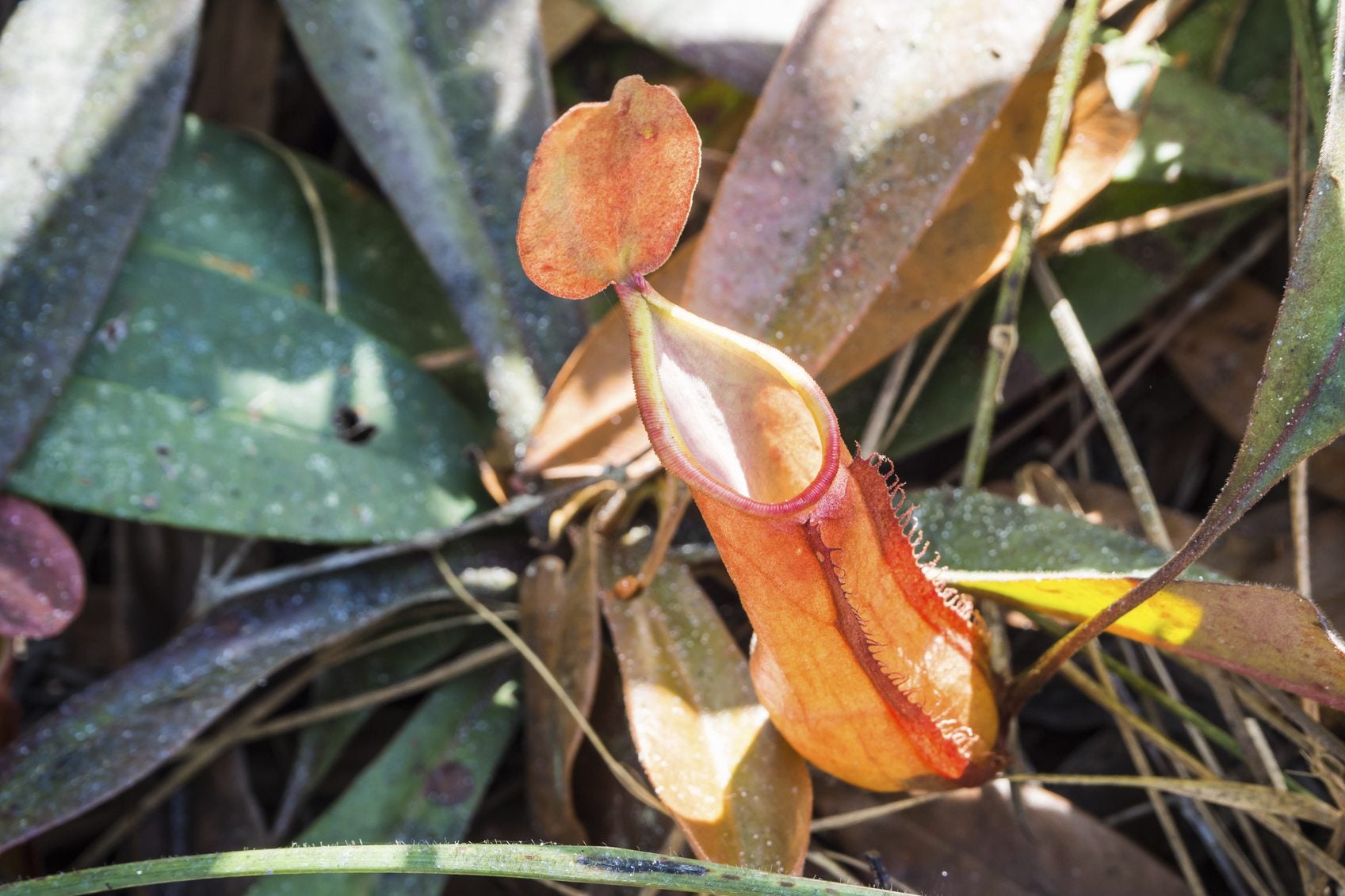 Black Pitcher Plant Leaves – Why Nepenthes Leaves Are Turning Black
Black Pitcher Plant Leaves – Why Nepenthes Leaves Are Turning BlackPitcher plant has specific needs, and it lets you know with alarming clarity when those needs aren't being met. This article explains what to do when you find your pitcher plant's leaves turning black. Click here to learn more.
By Jackie Carroll
-
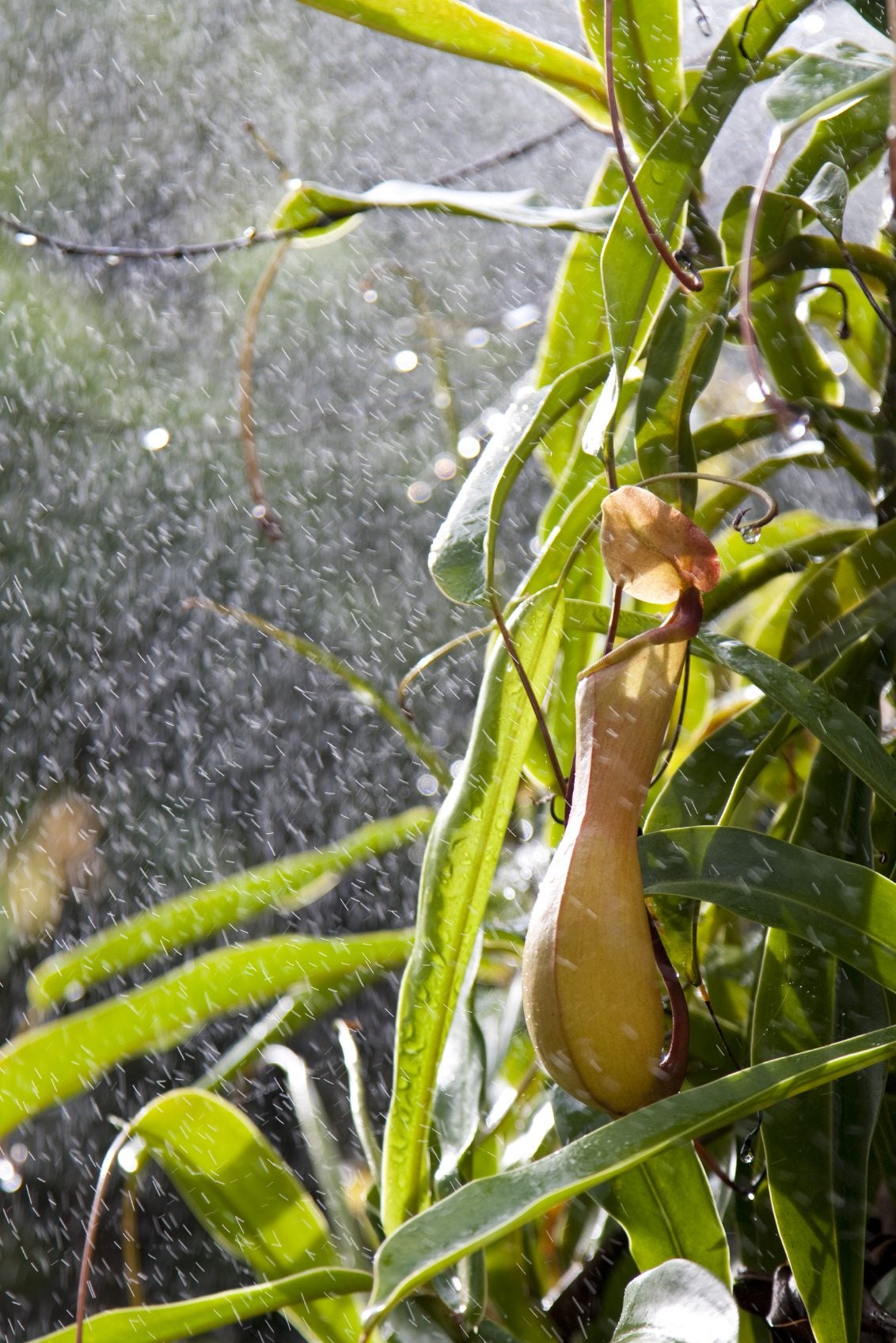 Watering Nepenthes – How To Water A Pitcher Plant
Watering Nepenthes – How To Water A Pitcher PlantThere are many types of exotic pitcher plants, all surprisingly easy to grow once you learn how to meet the plant's basic needs, including proper pitcher plant watering. Click here to learn what's involved in watering a pitcher plant.
By Mary H. Dyer
-
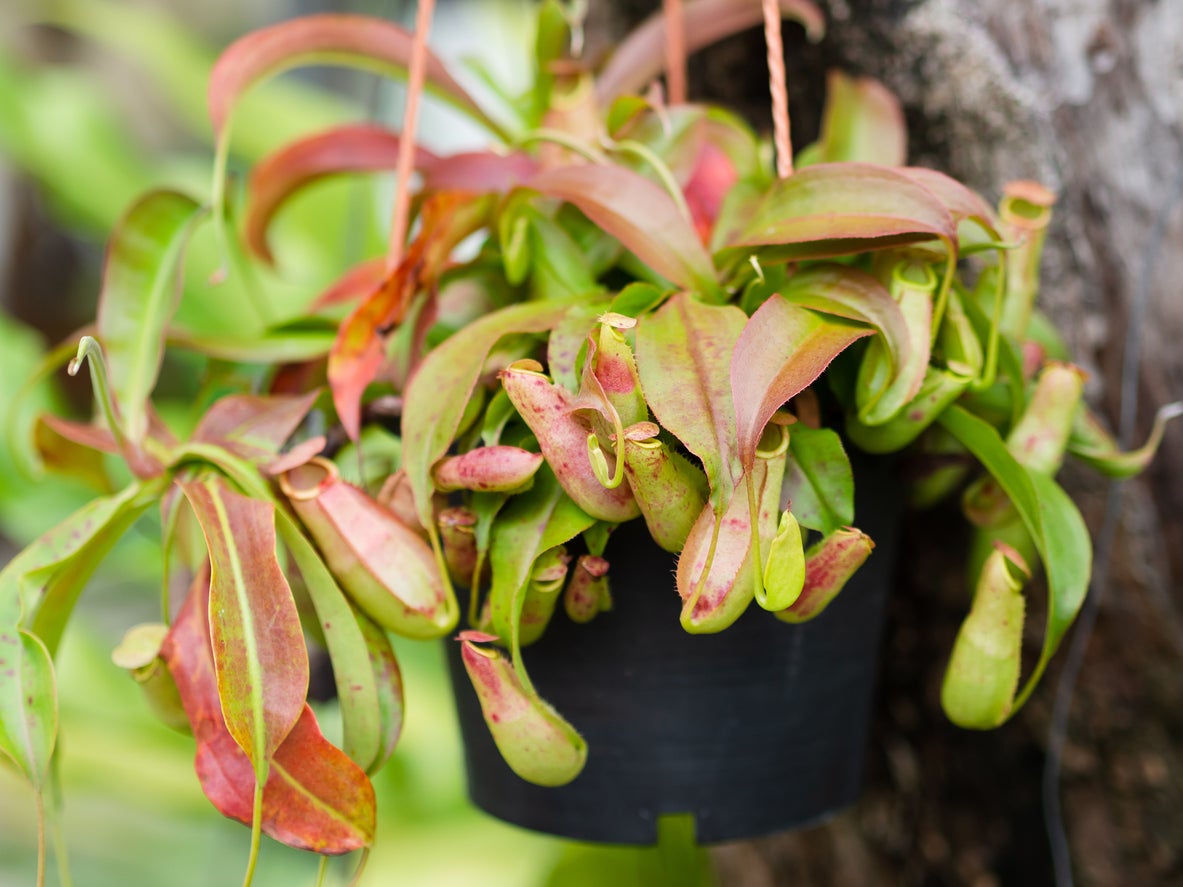 Nepenthes Pitcher Plants: Treating A Pitcher Plant With Red Leaves
Nepenthes Pitcher Plants: Treating A Pitcher Plant With Red LeavesNepenthes pitcher plants are often grown as houseplants. If you own one, you may see your pitcher plant leaves turning red. There are various possible reasons for a pitcher plant with red leaves; some require fixing, some do not. Click here to learn more.
By Teo Spengler
-
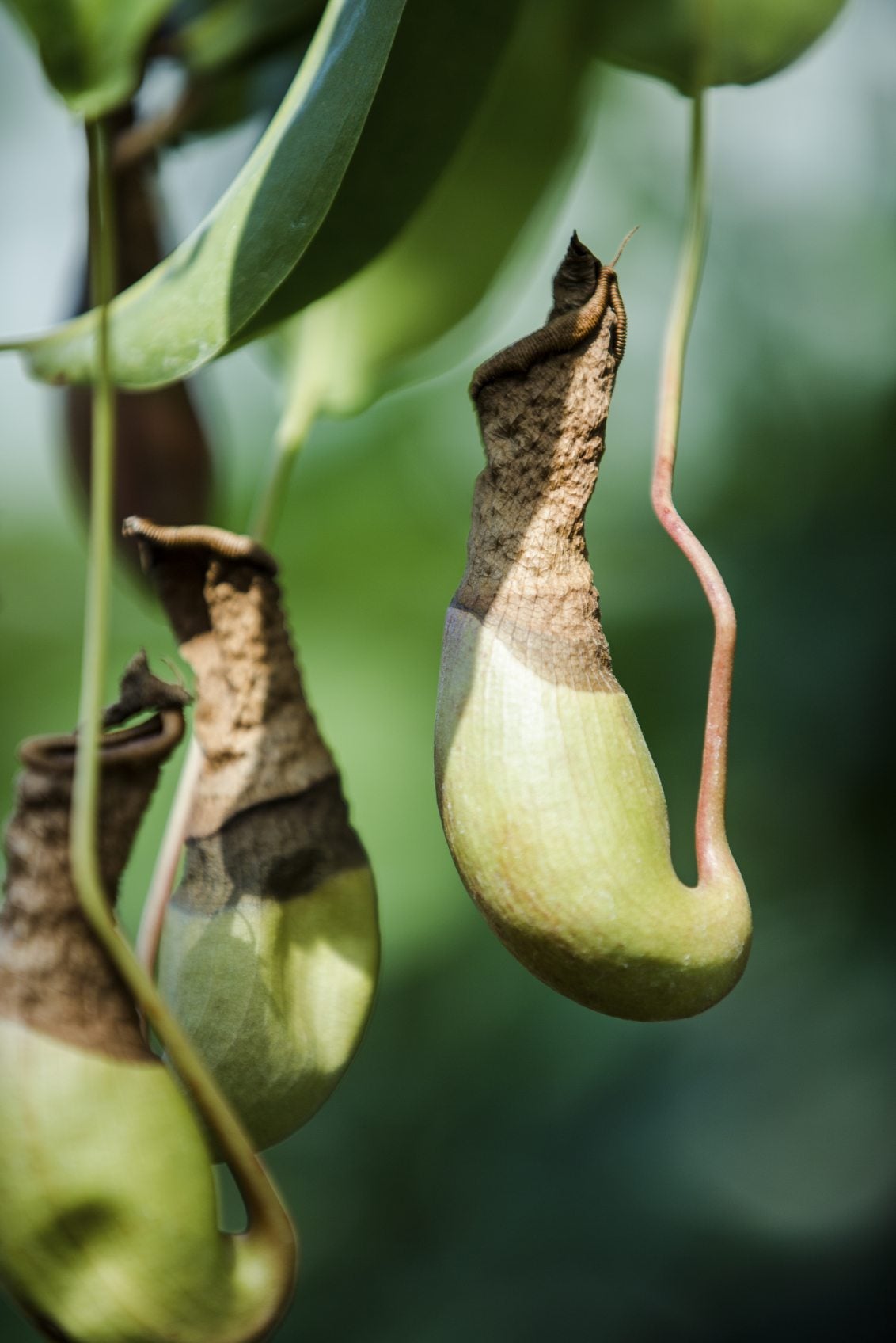 Pitcher Plant Pest Control: Learn About Pests Of Pitcher Plants
Pitcher Plant Pest Control: Learn About Pests Of Pitcher PlantsPitcher plants are exotic, fascinating plants, but they're prone to many of the same problems that affect any other plant, including pests. If you're wondering how to get rid of bugs on carnivorous plants, it can be tricky. Click here to find out why.
By Mary H. Dyer
-
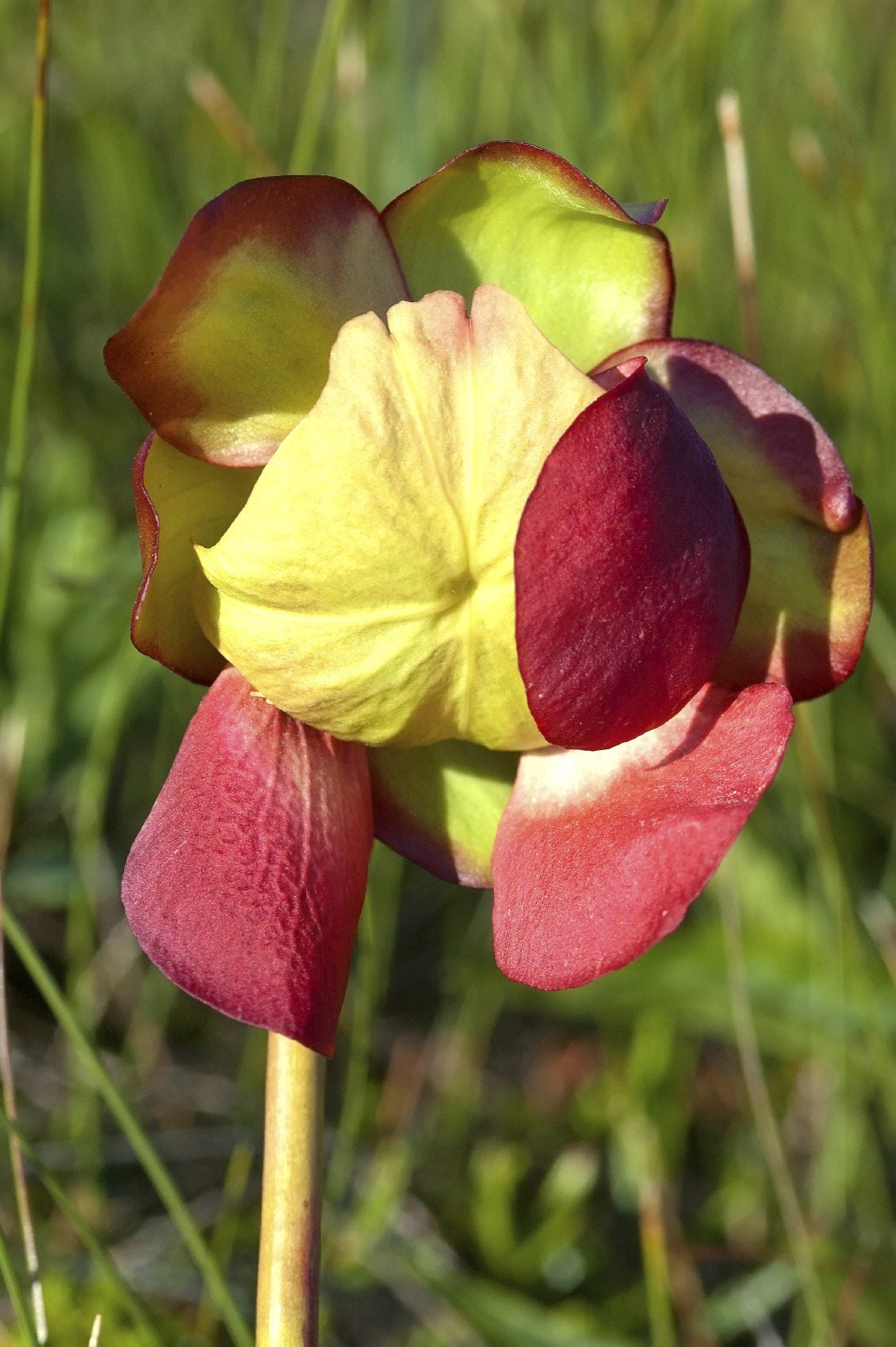 Do Pitcher Plants Bloom: Learn About Pitcher Plant Flowers
Do Pitcher Plants Bloom: Learn About Pitcher Plant FlowersDo pitcher plants bloom? They certainly do, and pitcher plant flowers are just as fascinating as the colorful, mysterious pitchers. Click on this article for more pitcher plant flower information. You'll be amazed at how lovely their flowers are.
By Mary H. Dyer
-
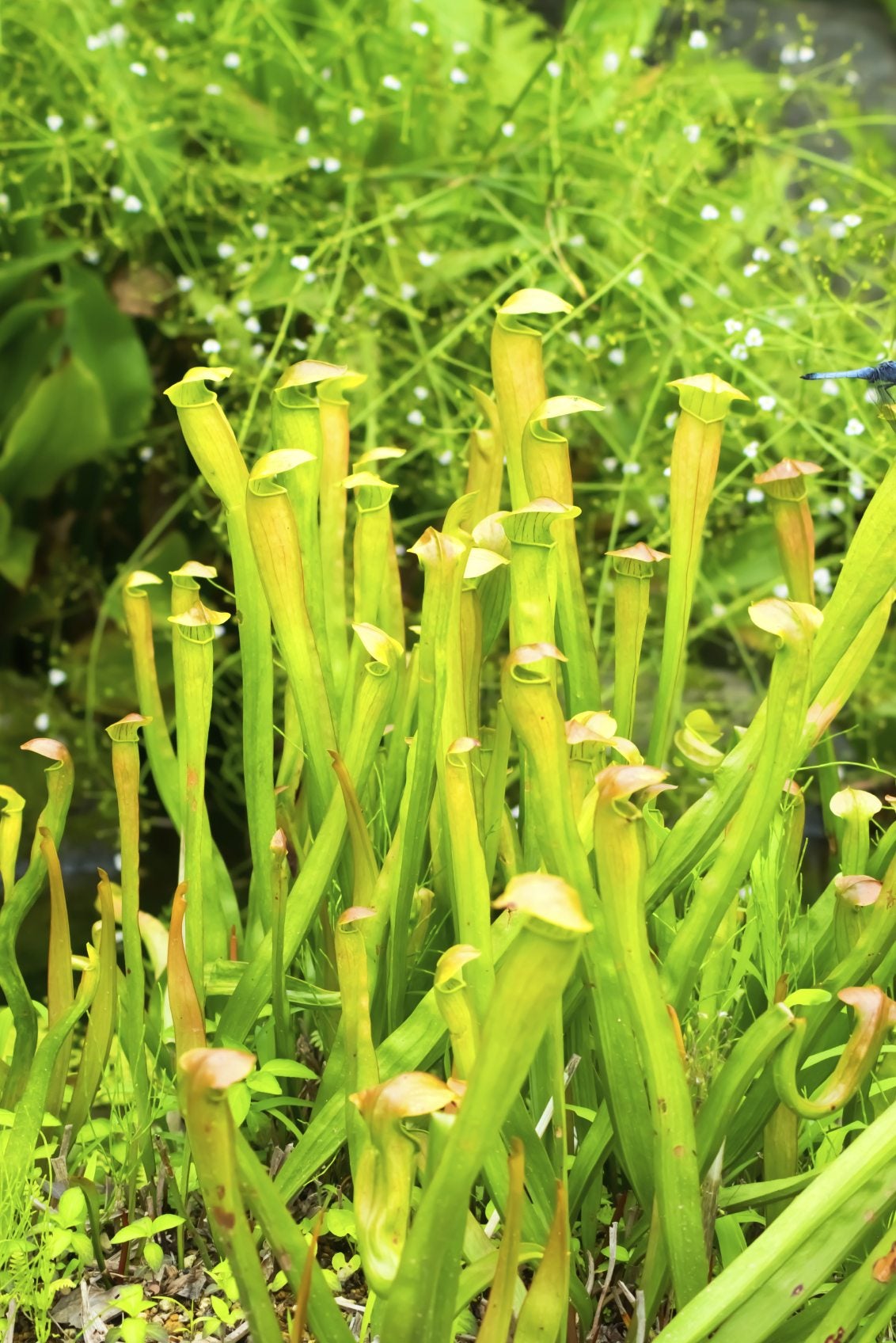 Pitcher Plant Info: Growing Pitcher Plants In The Garden
Pitcher Plant Info: Growing Pitcher Plants In The GardenGrowing pitcher plants outdoors requires a combination of conditions quite different from ordinary garden plants. To learn what these plants need to grow outdoors, click on the article that follows for additional information.
By Karen Boness
-
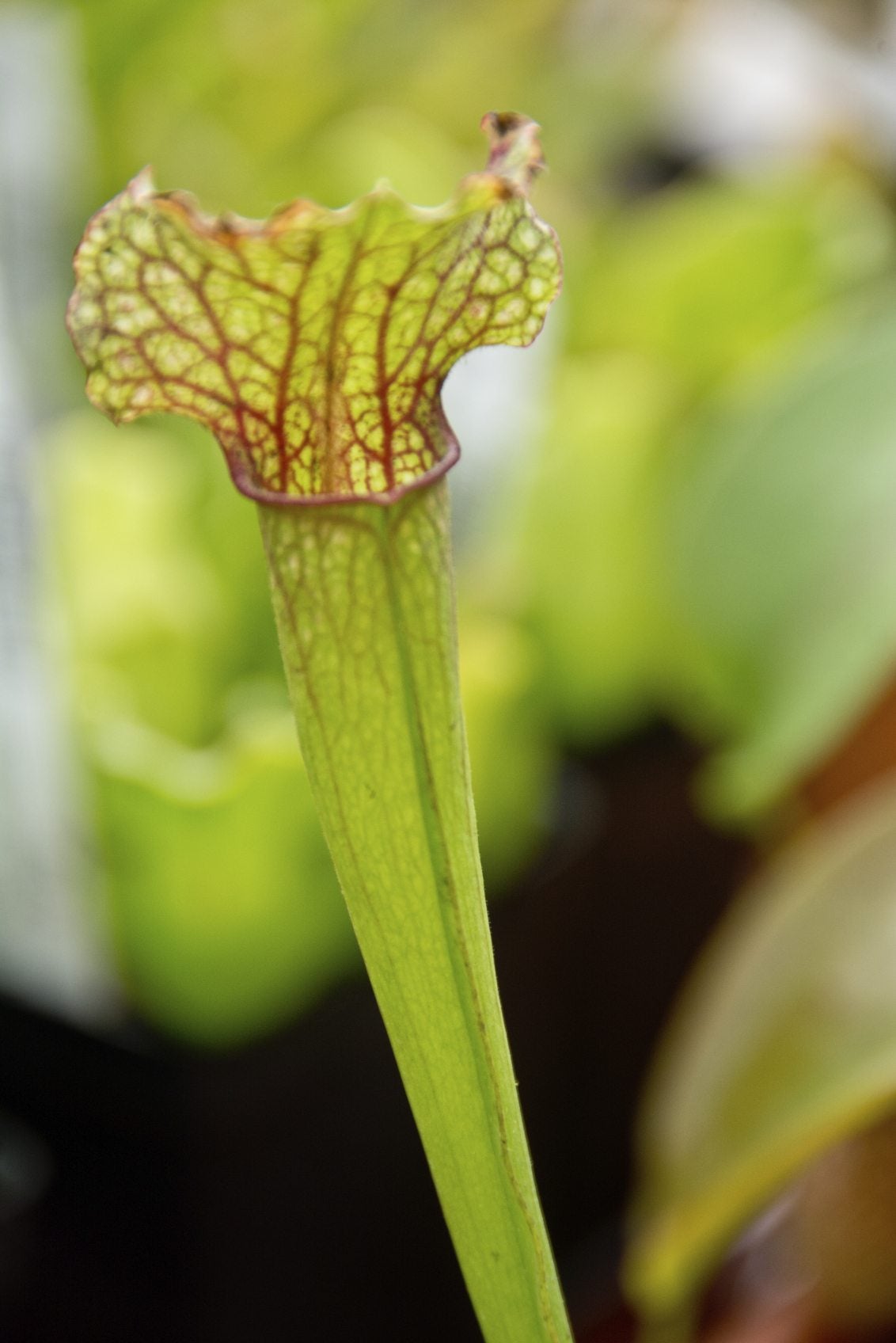 Carnivorous Plant Problems: Why A Pitcher Plant Has No Pitchers
Carnivorous Plant Problems: Why A Pitcher Plant Has No PitchersIf you're having carnivorous plant problems, such as a pitcher plant not making pitchers, it may require some troubleshooting to determine the problem. For helpful tips on this issue, simply click on the following article.
By Mary H. Dyer
-
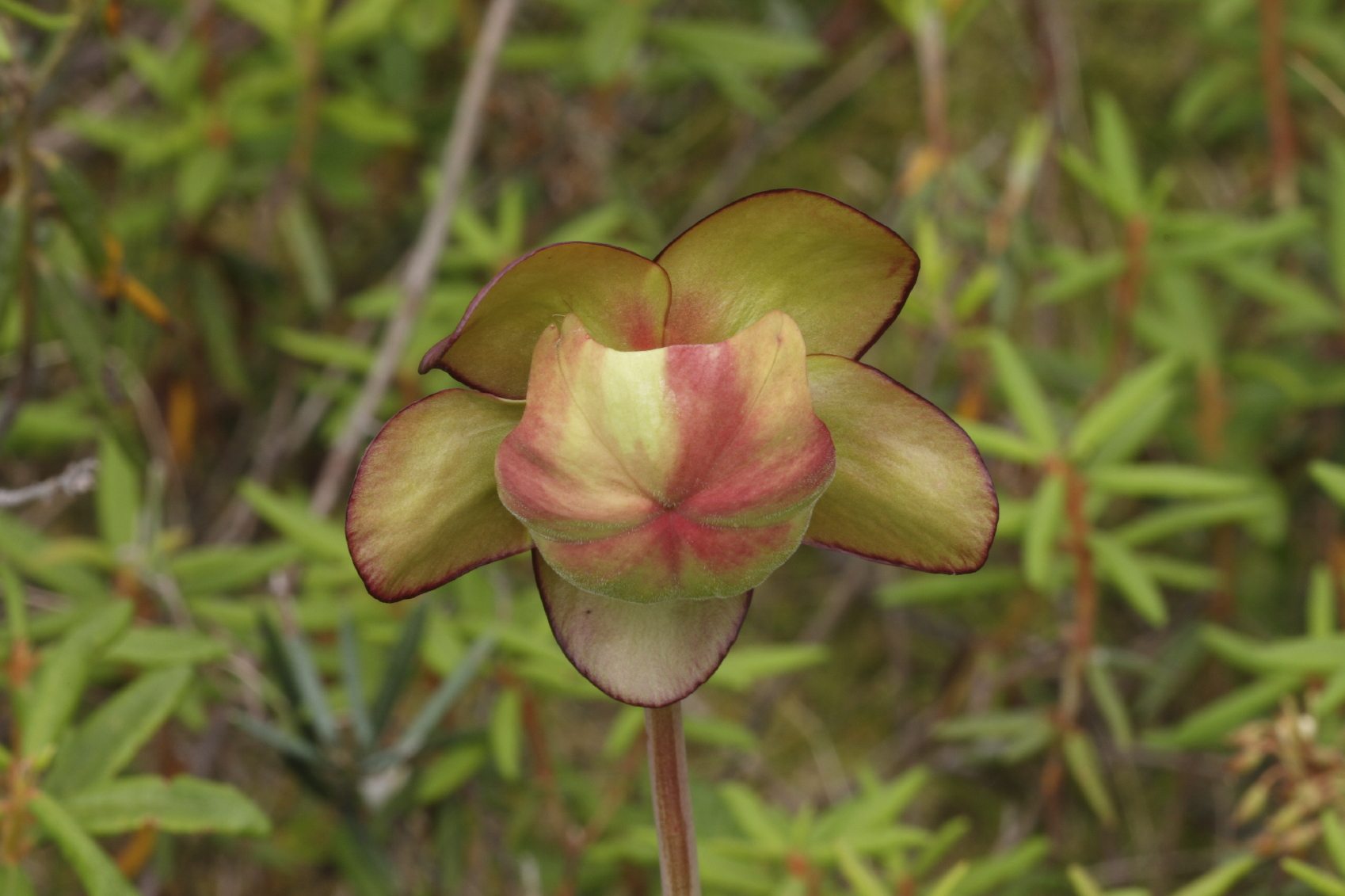 Pitcher Plant Seeds: Guide To Pitcher Plant Seed Growing
Pitcher Plant Seeds: Guide To Pitcher Plant Seed GrowingPitcher plant seed sowing is one of the best ways to reproduce this beautiful plant. But like the seeds of other carnivorous plants, they need special treatment to give them their best chance of growing. Click this article to learn more.
By Teo Spengler